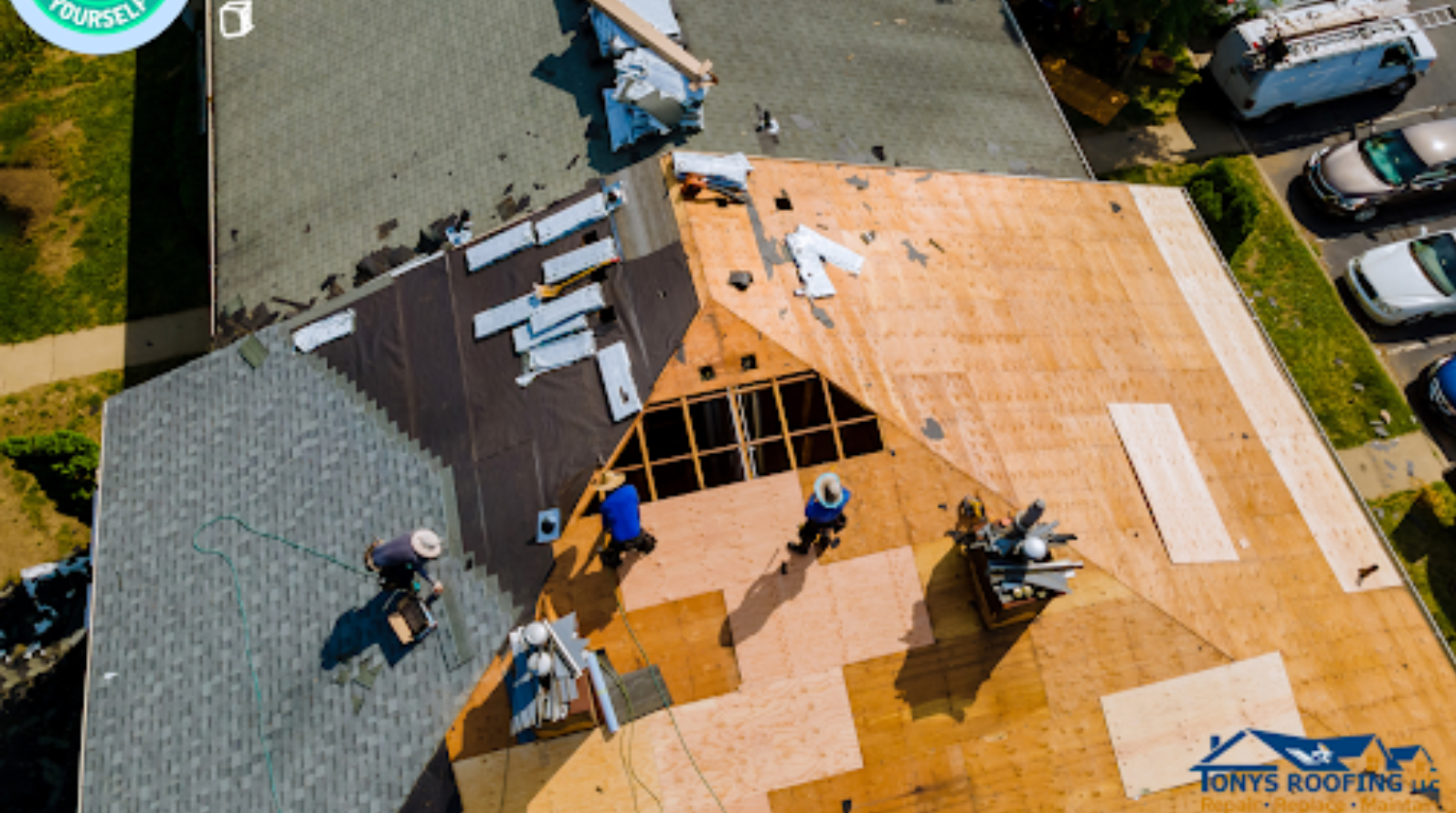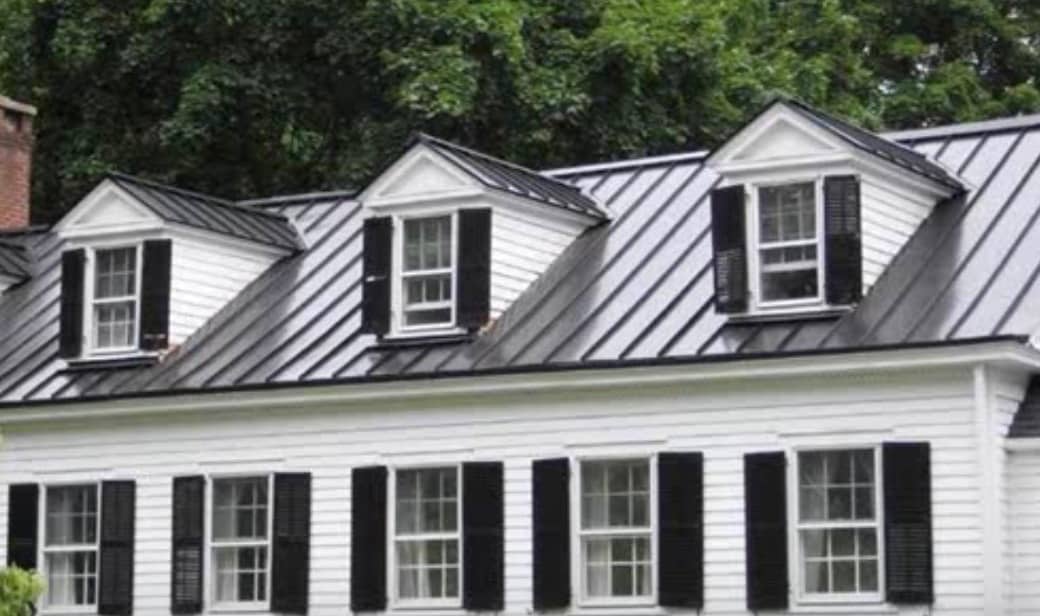The roof of your home is one of its most crucial components. It provides protection against the elements and helps maintain the integrity of the structure. Over time, however, roofs can deteriorate and require repairs or even replacement. When faced with this situation, homeowners often debate whether to tackle the project themselves or hire a professional roofing contractor. Both options have their advantages and drawbacks, so it’s essential to weigh them carefully to make an informed decision.
Cost Considerations:
One of the primary factors influencing the decision between DIY and hiring a roofing contractor is cost. Taking on the project yourself can potentially save you money. You won’t have to pay labor fees or markups on materials. However, it’s essential to consider your skill level and the complexity of the roofing task at hand. A minor repair or simple maintenance work might be manageable for a DIY enthusiast, but a complete roof replacement or extensive repairs might require specialized knowledge and tools that only a professional contractor possesses.
Time and Effort:
Undertaking a roofing project on your own can be time-consuming and physically demanding. It requires careful planning, purchasing the necessary materials, and dedicating several days or even weeks to complete the job. If you have the time, skills, and experience, the satisfaction of completing a roofing project can be rewarding. However, keep in mind that roofing work can be risky, especially without proper safety equipment and training. Climbing ladders and working at heights can lead to accidents and injuries, making it crucial to prioritize your safety.
On the other hand, hiring a roofing contractor can save you a significant amount of time and effort. Professionals have the necessary skills, experience, and equipment to complete the project efficiently. They can assess the condition of your roof, recommend the best course of action, and execute the work with precision and expertise. Moreover, roofing contractors often work in teams, allowing them to finish the job more quickly than an individual homeowner working alone.
Quality and Warranty:

The quality of the workmanship and the materials used are vital factors in ensuring a long-lasting, durable roof. While you might have the enthusiasm to undertake a DIY roofing project, a lack of experience and knowledge could lead to mistakes or improper installations. Improperly installed roofing materials can result in leaks, water damage, and premature deterioration, which may end up costing you more in the long run. Additionally, if you decide to sell your home in the future, potential buyers may be more confident in a professionally installed and warrantied roof.
When you hire a reputable roofing contractor, you can expect high-quality workmanship and access to warranties. Contractors have the expertise to navigate various roofing challenges and ensure that the project is completed to industry standards. They are also more likely to have access to high-quality materials and can guide you in selecting the right products for your specific needs. Additionally, many professional contractors offer warranties on their work, providing you with peace of mind knowing that any issues will be addressed promptly and effectively.
Legal and Insurance Considerations:
Before embarking on a DIY roofing project, it’s essential to understand any legal requirements or permits necessary in your area. Some jurisdictions may have specific regulations that govern roofing work, and failure to comply can result in fines or legal complications. Moreover, it’s crucial to review your homeowner’s insurance policy, as it may not cover damages or accidents that occur during a DIY project. In contrast, professional roofing contractors carry liability insurance, protecting you from potential liabilities in the event of property damage or injuries during the project.
Conclusion:
Deciding between DIY and hiring a roofing contractor depends on various factors, including your budget, skills, time availability, and the complexity of the project. While DIY projects can save you money and provide a sense of accomplishment.












